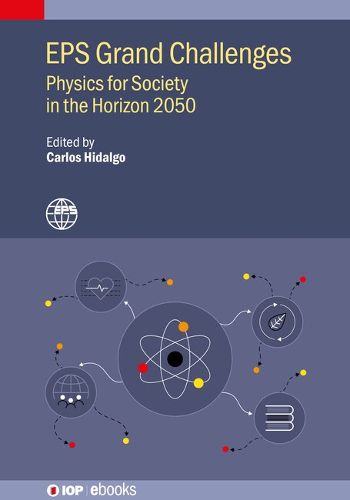Readings Newsletter
Become a Readings Member to make your shopping experience even easier.
Sign in or sign up for free!
You’re not far away from qualifying for FREE standard shipping within Australia
You’ve qualified for FREE standard shipping within Australia
The cart is loading…






This title is printed to order. This book may have been self-published. If so, we cannot guarantee the quality of the content. In the main most books will have gone through the editing process however some may not. We therefore suggest that you be aware of this before ordering this book. If in doubt check either the author or publisher’s details as we are unable to accept any returns unless they are faulty. Please contact us if you have any questions.
There are many images of science and the activities of scientists. Some would imply that science would eventually reach the limits of knowledge while others create an expectation of endless horizons. Some people would believe that science has or will provide the answers to key open questions that lay ahead, while others experience fear regarding its development.
In this book, we will look at all these aspects, going from particles, via atoms, cells, starts, galaxies, our place in the universe, to explore what makes us, human beings, really unique in nature: our ability to imagine and shape the future by making use of the scientific method.
The book is an EPS action designed to address the social dimension of science and the grand challenges in Physics that will bring radical change to developed societies, to raise standards of living at the global scale, and to provide basic understanding of nature on the Horizon 2050.
Key Features:
Describe the world's physics agenda to solve at the horizon 2050. Explore our ability to imagine and shape the future by making use of the scientific method. Reports prepare for a wide community avoiding as much as possible technical jargon, communicating results for non-experts in the field. Specific target audiences are young people looking for perspectives in physics and policy makers. The book should reach a broad audience that is willing to explore a future shaped by science.
$9.00 standard shipping within Australia
FREE standard shipping within Australia for orders over $100.00
Express & International shipping calculated at checkout
This title is printed to order. This book may have been self-published. If so, we cannot guarantee the quality of the content. In the main most books will have gone through the editing process however some may not. We therefore suggest that you be aware of this before ordering this book. If in doubt check either the author or publisher’s details as we are unable to accept any returns unless they are faulty. Please contact us if you have any questions.
There are many images of science and the activities of scientists. Some would imply that science would eventually reach the limits of knowledge while others create an expectation of endless horizons. Some people would believe that science has or will provide the answers to key open questions that lay ahead, while others experience fear regarding its development.
In this book, we will look at all these aspects, going from particles, via atoms, cells, starts, galaxies, our place in the universe, to explore what makes us, human beings, really unique in nature: our ability to imagine and shape the future by making use of the scientific method.
The book is an EPS action designed to address the social dimension of science and the grand challenges in Physics that will bring radical change to developed societies, to raise standards of living at the global scale, and to provide basic understanding of nature on the Horizon 2050.
Key Features:
Describe the world's physics agenda to solve at the horizon 2050. Explore our ability to imagine and shape the future by making use of the scientific method. Reports prepare for a wide community avoiding as much as possible technical jargon, communicating results for non-experts in the field. Specific target audiences are young people looking for perspectives in physics and policy makers. The book should reach a broad audience that is willing to explore a future shaped by science.